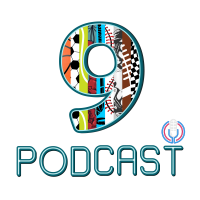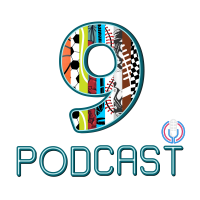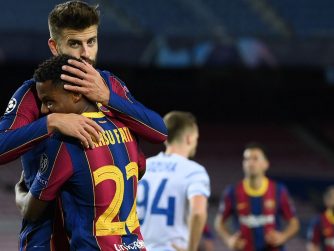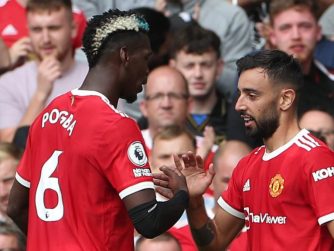The NBA has traditionally operated in waves. Transient phases eventually alter fortunes and identities of every single franchise. The league is structured to cater to that with the draft and salary caps preventing teams from holding a perennial stronghold while also allowing young players to develop and ultimately guide a fledgling organization to the upper echelon.
The fleeting nature of the league leads to success having multiple definitions and parameters, ones that have been highlighted since the start of the NBA free agency on the 30th of June.
It started off with the long-rumored trade for Dejounte Murray. The Atlanta Hawks parted with Danilo Gallinari, three future first-round picks, two of them being unprotected, and a future first-round pick swap. The San Antonio Spurs traded away their cornerstone in a move that initially left fans of the organization perplexed. As record-holders for most consecutive playoff appearances in the NBA, letting go of their franchise player for future prospects felt alien to fans who have yet to get accustomed to losing. It has been a tedious journey since the Kawhi Leonard injury in 2017 against the Warriors, yet the Spurs never truly acquiesced to circumstances, to the truth. Competing for a fringe spot in the playoffs is a hindrance to their growth.
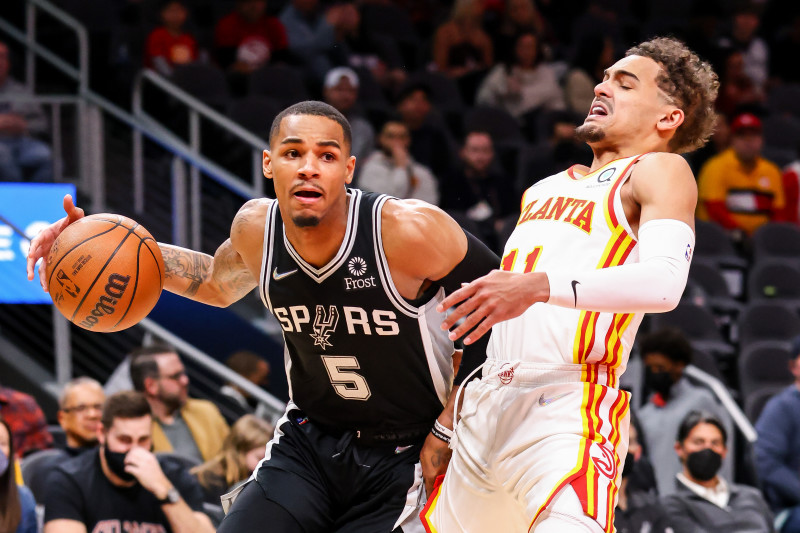
The trade not only marked a change in identity for a once-dynastic franchise, but also suggested a positive perception that the Atlanta Hawks hold of their own ability.
Last season was drastically different to the season prior for the Hawks as they made it into the play-ins before comprehensively getting beaten by the Miami Heat. They lacked firepower and panache in comparison to the side that made the conference finals only to lose to the eventual champions last year. It would have made sense to play it safe. The squad had glaring issues that would have required drastic moves to address, but was there a need? After all, a young roster with a franchise player growing by leaps and bounds would have eventually found their way back into contention.
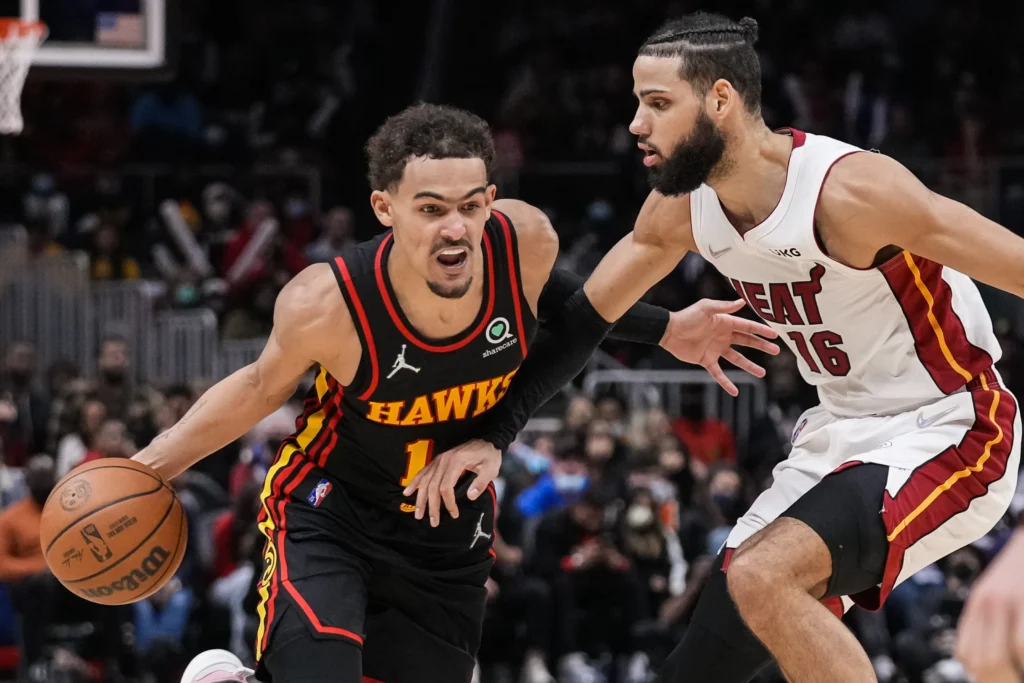
Travis Schlenk and the Hawks wanted to strike before the iron got any colder. Dejounte Murray has been the opening move so far in what could be a series of trades that could solidify Atlanta as contenders in the East.
Whilst all of that might seem self-explanatory, it showcases the divide the league has dealt with for decades. Fleeting identities give way to contending sides as well as organizations who turn to rebuilding. Whilst Atlanta did give up two unprotected picks, the move doesn’t quite hinder their future considering the progression of their stars. As much as the move is designed to contend, it doesn’t necessarily have to be now.
Enter the Minnesota Timberwolves, a potential tale of serendipity or a lesson in exercising patience.
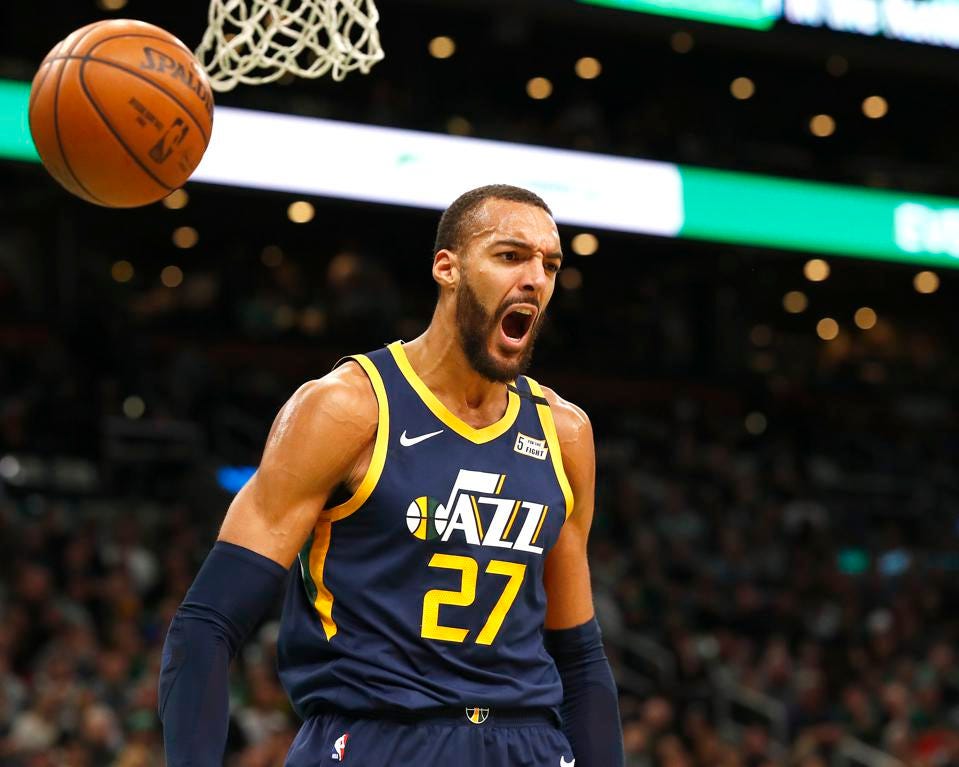
It makes perfect sense. Tim Connelly took over as President of Basketball Operations in May after a season that saw the Wolves make the playoffs. It was a marquee moment for a team that just a few seasons ago endured a 13-season playoff drought. The roster as a collective took major strides, coming together on both ends of the court under coach Chris Finch. The development of their stars in Karl-Anthony Towns and Anthony Edwards was key, but it was the contributions of players in Jarred Vanderbilt, Patrick Beverly and Jaden McDaniels that proved to be pivotal to their success, adding in the necessary defensive help around their stars. The first round of the playoffs however, highlighted their frailties. Facing the Memphis Grizzlies, it seemed like the Wolves had numerous opportunities to close it out. Double-digit leads given up, sometimes twice in the same game, defensive lapses, lack of offensive cohesion in the clutch and just an overall inability to stop Ja Morant when it mattered. Moreover, the Timberwolves had no answer on the offensive glass for Brandon Clarke and Jaren Jackson Jr.
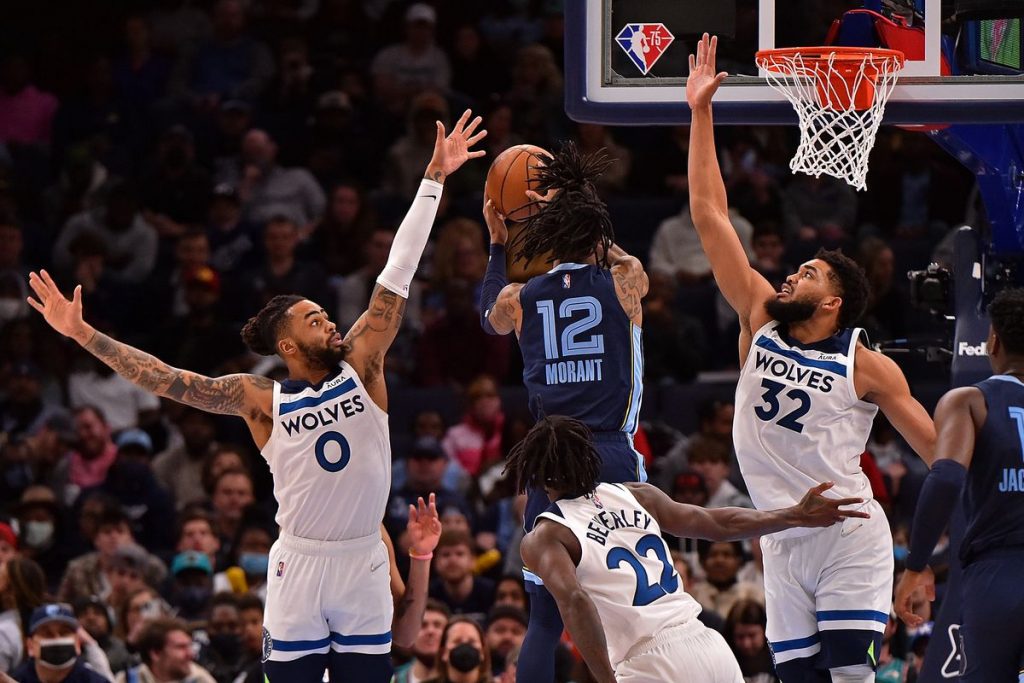
Nathan Bubes, quality control coach of the Minnesota Timberwolves, provided an insight into the mindset of the team after the playoff exit. He said: “After the season, you meet with every player. Usually, in those last few days of the season, everybody starts booking their flights for their holidays. When we asked our guys what their plans were, they said, ‘well, we were preparing to go to Memphis tomorrow.” A taste of post-season basketball is crucial for one of the youngest teams in the league. More importantly, the Wolves knew what they needed.
Just a couple days into free agency, it happened. The Minnesota Timberwolves traded Patrick Beverley, Jarred Vanderbilt, Malik Beasley, Leandro Bolmaro, Walker Kessler – stay with me – four first round picks dating all the way up to 2029, three of them being unprotected, all of that for Rudy Gobert.
Let’s fawn over the idealistic hypothetical first. The idea of a Towns-Gobert partnership writes itself. Towns has shown defensive progression over the last season. Gobert will now allow him to guard high with the three-time defensive player of the year guarding the paint. The likes of Jaden McDaniels and Anthony Edwards offer enough on the wings to prevent Gobert from being exposed. Offensively, his ability on the pick and roll with D’Angelo Russell along with him being a lob threat is a seamless fit. Most importantly, the addition of Gobert accentuates the strength of each player and allows them to develop without having to break the mold to cover for the teams defensive lapses.
There is the question of the price tag. Losing core players like Patrick Beverley and Jarred Vanderbilt will be a defensive blow, yet it’s the draft capital that raises questions. For Minnesota, the trade is a vocal exclamation. After a season where everything went right until it didn’t, they know what they needed most last season. According to Jon Krawczynski of The Athletic, the mood in the camp revolved around one question: ‘What are we waiting for?’

Since the arrival of Chris Finch, the biggest shift for the organization has been inculcating the winning mentality within all aspects of the team. The move seemingly makes the side contenders in the west. However, considering how far they were from actually winning a title, does Rudy Gobert do enough to cement them as genuine title hopefuls? If not, how sensible was it to trade for a 30-year old Gobert who has shown defensive frailties against smaller lineups and offensively leaves plenty to be desired?
The seemingly subjective line of questioning has an objective answer. Quite simply, if the Timberwolves win a championship off the back of this trade, they were the visionaries who were right all along. The acquisition of a cornerstone defensive center to play alongside complementary stars seems like a recipe for success. Moreover, it speaks of the team’s ambitions and change in identity, but there are rightful questions around if they have enough to sustain their short-term success considering the assets they have parted with. One thing’s for sure, the Jazz are counting for history to repeat itself with Minnesota.
After years of sticking with the Gobert-Mitchell duo, the Jazz eventually pulled the plug. The playoffs seemed to be particularly challenging as they found themselves to be outmaneuvered each time. The most notable instance was against the Los Angeles Clippers last year. After losing two straight games, coach Ty Lue orchestrated a four-game run that dismantled Quin Snyder’s team, bookended by the Terance Mann game. The playoff series was a microcosm of the franchise and their misunderstood place in the league. Change was necessary and in December of 2021, The Jazz hired the man who had perfected transitioning through phases.
Danny Ainge had a proven track record during his time with the Boston Celtics. From hiring young coaches on long-term deals to trades that changed the face of the league for years to come, yes the one that lumbered Brooklyn with aging stars and handed Jaylen Brown and Jayson Tatum to the Celtics, no one is more adept at retooling a side. Ainge took no time in recognising that in Utah. The process started with a trade for a first-round pick involving Royce O’Neal followed by the blockbuster trade with Minnesota.

Excuse the Windhorst-ism but, could he have done it again? Regardless of what happens with Minnesota in the immediate sense, the landscape of the NBA is unpredictable on a seasonal basis, let alone predicting the lay of the land by 2029. By all accounts however, The Jazz have set themselves up for future success while having enough pieces to figure their way around their next decision – What to do with Donovan Mitchell? It is understood that the Jazz will look to build around the star, but considering their playoff fumbles so far and the long road ahead for the franchise, neither party would assume Mitchell’s place in Utah to be certain.
Minnesota on the other hand, has a shorter clock to work with. An assessment of their place on the totem pole and what they can do to climb to the top is imminent. The outcome of that will influence the legacy of the upheaval.
The winner of this trade doesn’t quite exist yet. Neither team has taken the final step in their respective paths. The first few days of free agency have shown that reflection is key just as much as its acceptance. Each team finds themselves on the path to success. The Jazz have time, Minnesota however, have lightning to catch in their fanciful bottle.
